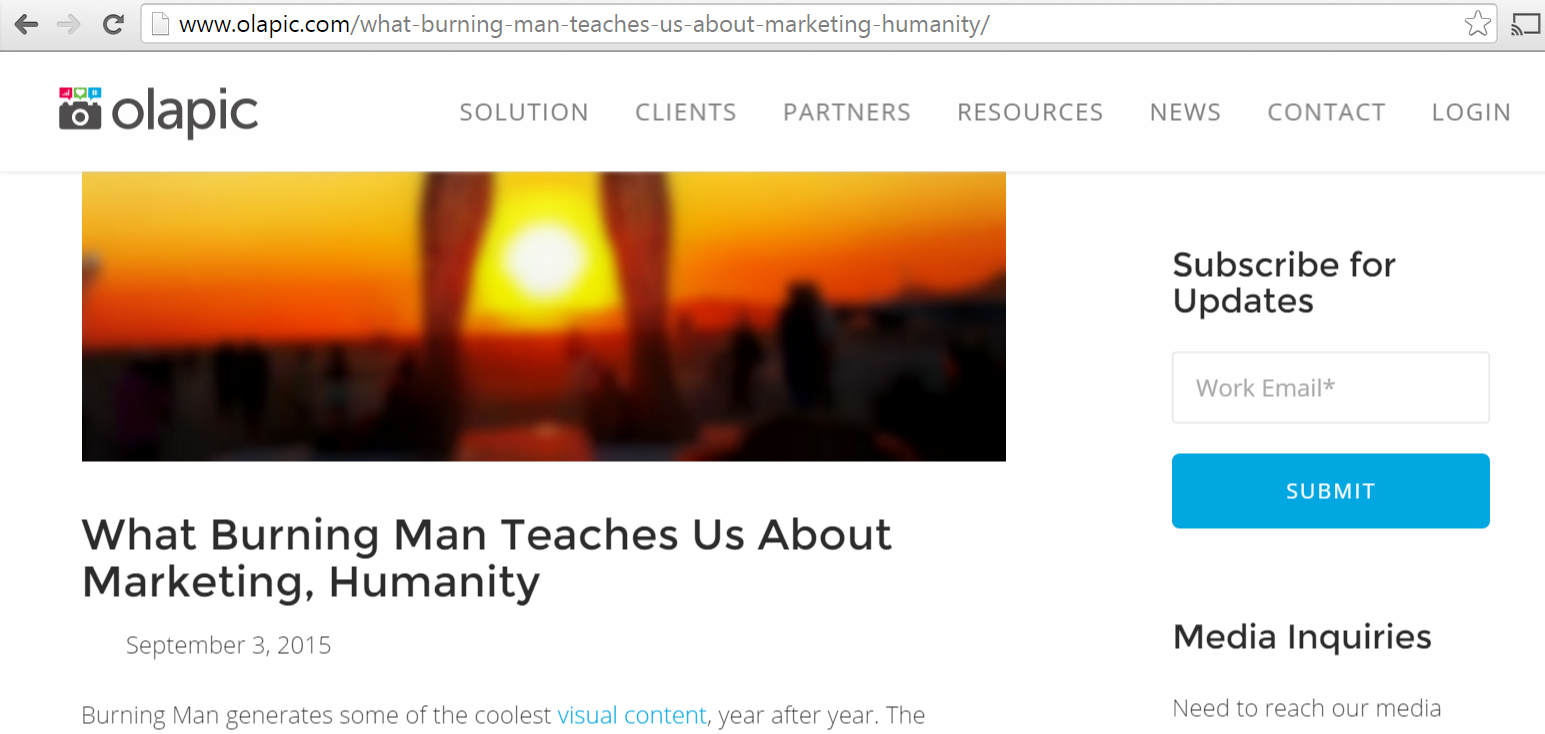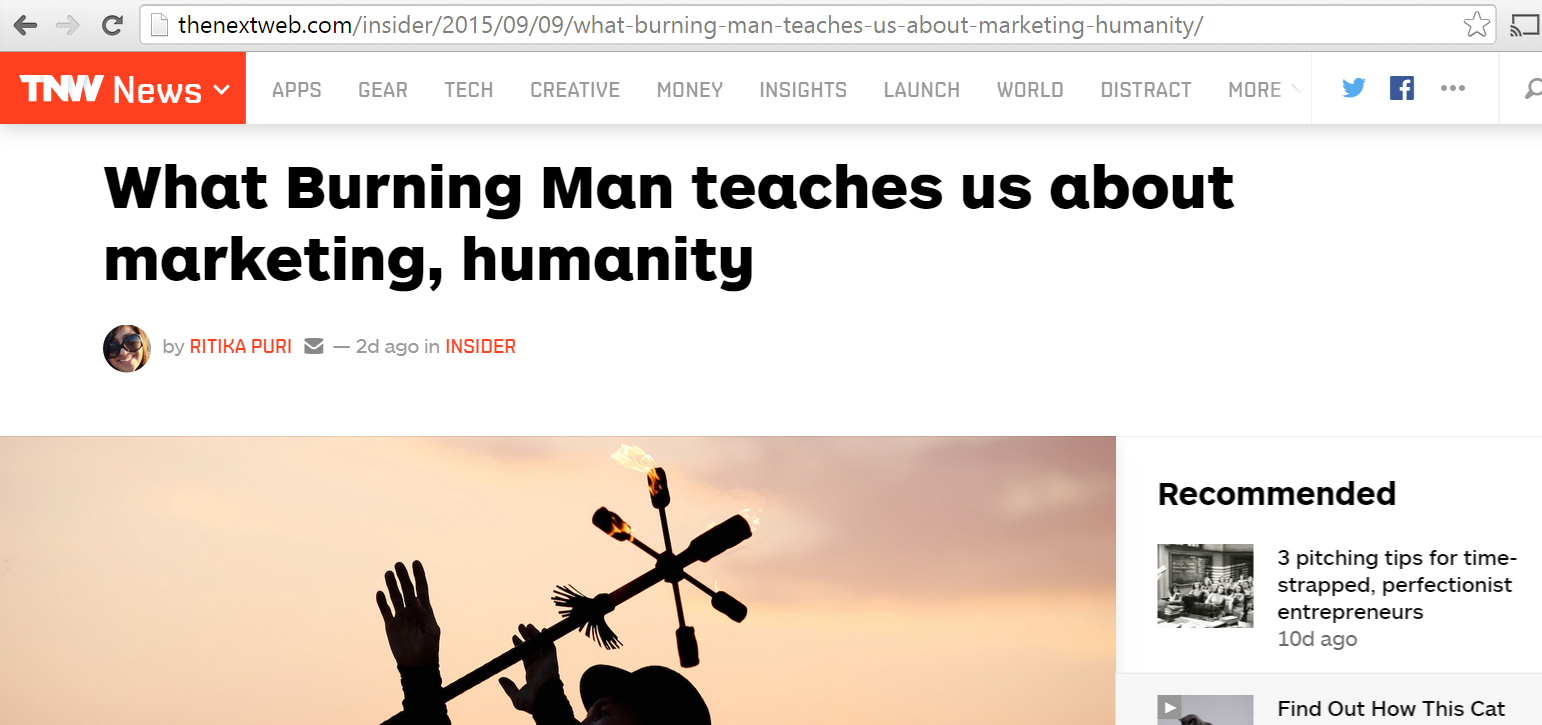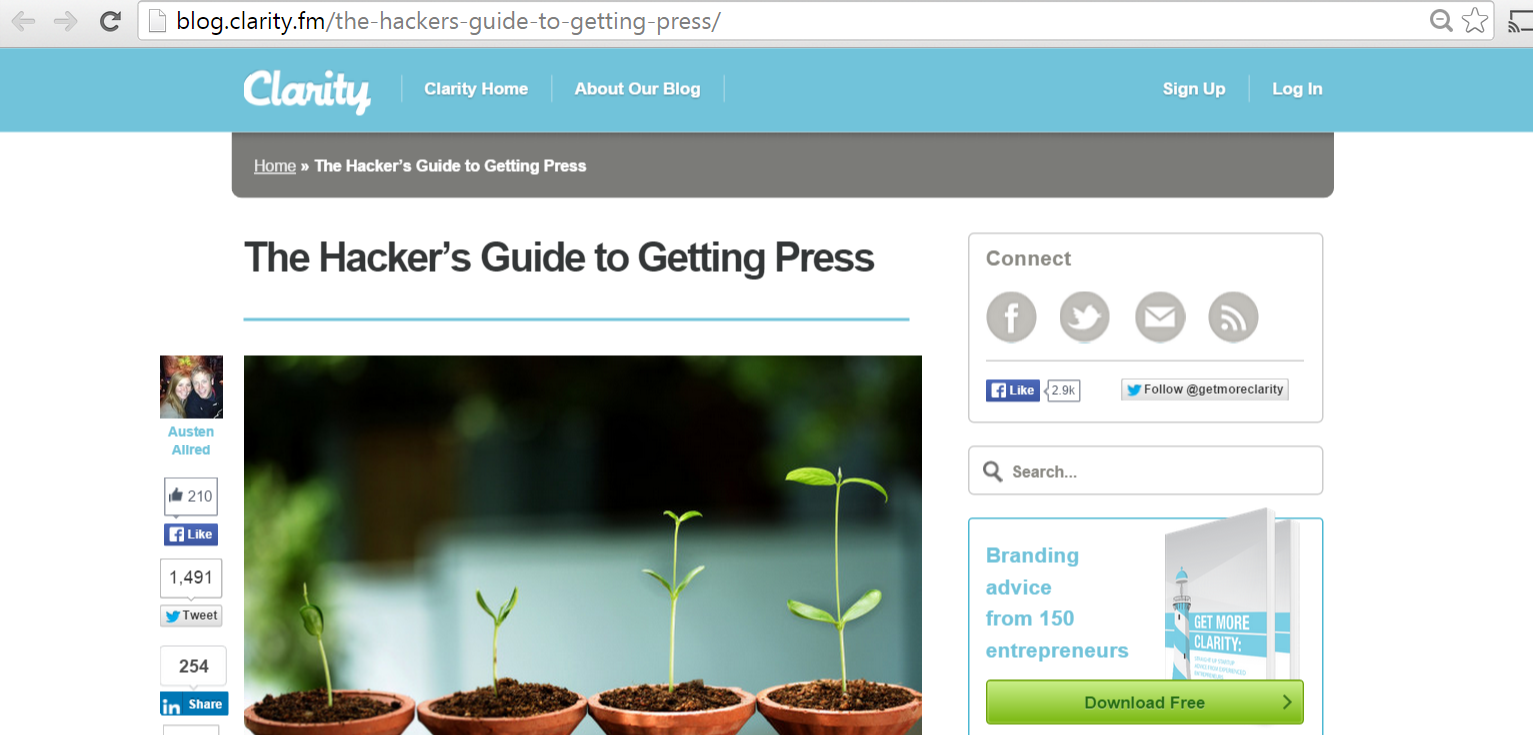PR, content, and marketing pros are all aware of guest posting as a valuable audience-building strategy. The challenge? You have limited time and resources, and you have to make tradeoffs between building your own blog and making contributions to partner sites. As much as you want to do both, you feel like you can’t.
That’s where content syndication enters the picture. You can still get the benefits of guest posting—traffic acquisition and brand visibility—without the high-touch effort and resource investment that goes into creating additional blog posts.


It’s a practice that media companies like Business Insider, Slate, Investopedia, and Quora have been leveraging for years to drive traffic and increase audience size. There is a strong opportunity for brands to grow their presence through syndication too. Here’s what you need to do to get started.
Step 1: Decide where you want to syndicate your content
Syndication is 100% relationship driven, meaning that you won’t find an open call to submit articles like you would for guest posting opportunities. It’s up to you decide where you want to syndicate your content. Answer the following questions to help focus your search:
- What blogs or publications are your audiences reading?
- What blog managers or media companies do you have relationships with?
- What blogs or publications would you like to build relationships with?
For instance, some of my company’s syndication partners include The Next Web, Young Entrepreneur Council (YEC), and Business Insider. I’ve also syndicated content with The SAP Innovation Blog and Ragan.com. It’s a mix of media companies and fellow businesses. In some cases, these companies approached me, asking if I would be willing to contribute regular guest posts. I pitched syndication as an alternative option.
You can also syndicate content on publishing platforms where you have immediate access, starting with LinkedIn and Medium. Both of these platforms offer valuable, added distribution opportunities, and they’re channels that you control.


When choosing opportunities for syndication, it’s important to cast your net wide. As with customer acquisition and PR, you won’t want to rely on one partner or channel to cross-publish all of your material. Rather, you’ll want to syndicate your blog posts in bits and pieces, on different channels.
Step 2: Build and nurture relationships
Syndication is a hidden, untapped opportunity. The plus? Ambiguity means that you can take charge and set the status quo. The con? You pitch potential partners, which means that they may not ‘get it’ off the bat. You need to manage expectations and deliver the most compelling possible pitch. So here’s what you do:
Think like a sales or business development person. Take the list that you created in step 1 and jot some notes about the value proposition to each potential partner: syndicated content is free content, which your partners can use to drive traffic to their own websites. For instance, I re-published this blog post on Clarity.fm from a fellow founder, Austen Allred after seeing the article take off on Twitter and GrowthHackers.com. I reached out to him and asked permission to re-publish it. The Clarity team then promoted the piece through its email lists. The article generated thousands of pageviews to the Clarity blog, at zero cost.

Anticipate potential concerns and frequently asked questions. Syndication is a scary idea for most blog managers. Why? Many are worried that there will be detrimental impact to SEO. It’s important to address these concerns off the bat with the following information:
- Syndication won’t cause duplicate content issues if you cite the original source in a clear and visible way. Google’s algorithm is smart enough to process this information and won’t ding you (or your syndication partner) if you’re upfront about what you’re doing and publishing. If you both include a healthy mix of syndicated and original content, you’ll be fine. If you want to be especially careful on both fronts, you’ll want to ask your syndication partner to use rel=canonical tags. There’s a detailed guide, with how-tos and an explanation of benefits, that you can follow here.
- There are often more benefits than drawbacks. When it comes to digital marketing, SEO is only part of the equation. Syndication is a source for driving incremental traffic, for you and your syndication partner. That being said, you and your partner will need to assess marketing tradeoffs, for each piece, on a case by case basis.
Know who you need to pitch and figure out how to reach them. This step is crucial. As you’re well-aware, editors at media companies are slammed with requests, all day every day. The cold-pitching process can be brutal: whenever possible, try to get a 2nd-level introduction from a trusted colleague or shared connection who knows you well and can vouch for your skills. You’ll also want to be very clear about who you’re ultimately trying to reach. For instance, many media companies have contributors editors who are responsible for overseeing guest submissions. Find this person, and figure out a way to pitch them in a meaningful and compelling way.
Articulate your value-add. When pitching potential syndication partners, you’ll want to come to the table with an irresistible offer. The best way? Share data. For instance, you may have a post that has been gaining strong traction on your own website. If that’s the case, make sure to sure this information and explain why the same post will gain traction on your partner’s site too. Here’s an example template to follow:
Hey {Person},
I wanted to pass along a post that you might consider syndicating on your blog. It’s one of our most popular posts, having generated X visits in the last Y days. Given our shared audience of social media managers, I think it could bring you a lot of additional traffic too.
Feel free to use it: just make sure to attribute the original source so we don’t get dinged on the SEO front.
Just like any relationship-building effort, you should go into the process expecting an uphill battle. People are going to say no. You may need to do some negotiating. Your emails are going to get ignored. Keep trying, and you’ll eventually find some potential wins.
Step 3: Optimize your content
Once you jump through your relationship-building hurdles, there are a few loose ends that you’ll want to keep in mind. Here’s a checklist of items to consider including for all syndicated content:
- Make sure that the original article is clearly visible, along with a link. At the top or bottom of your article, include a sentence, “This post originally appeared on [your company’s blog].”
- Include 4-5 internal links within each post, to help drive traffic back to your website. These links should direct to other pieces of content rather than promotional offers.
- Consider including a call-to-action (CTA) to a targeted offer such as a webinar, ebook, or other resource at the bottom of your blog post. Some partners will be fine with this approach. Others won’t. Figure it out on a case by case basis.
As you optimize your content, keep experimenting in terms of number of links, offers, and content that you link back to. You may consider bringing on a UX expert for some ideas to test. Over time, you’ll begin to notice some trends with an idea of what works for your content. Iterate and learn. It’s that simple.
Have questions?
Content syndication is new terrain for many marketers, and you’ll be making many situation-specific judgment calls. If you need help or have questions, feel free to tweet me @ritika_puri, and I’ll do my best to respond. Happy syndicating and strategizing!

 End-to-end outreach workflow
End-to-end outreach workflow



 Check out the BuzzStream Podcast
Check out the BuzzStream Podcast







